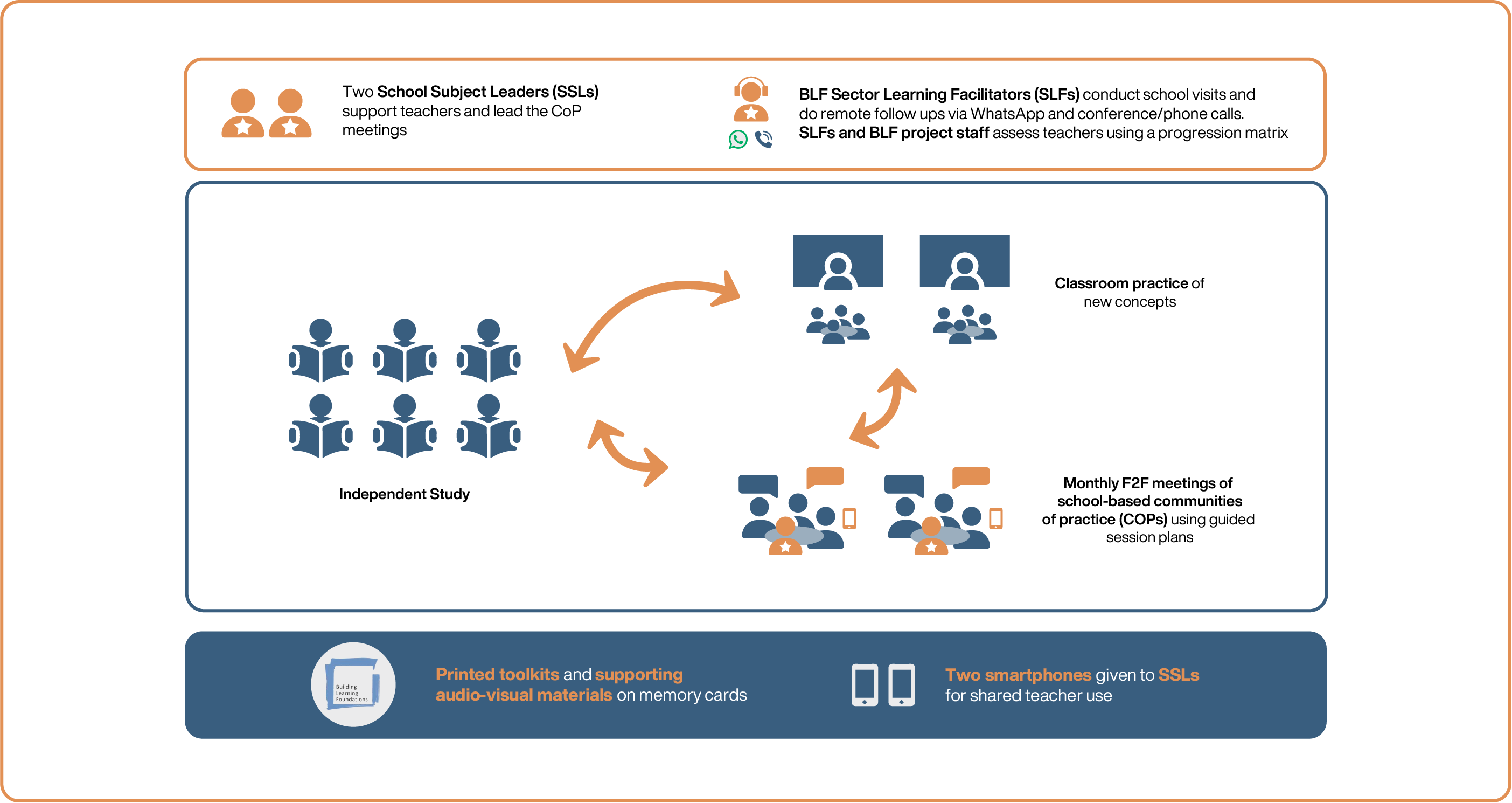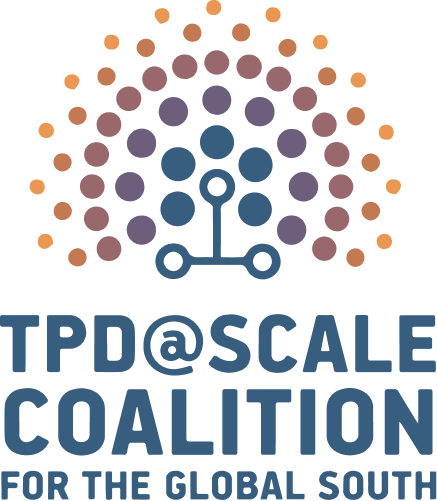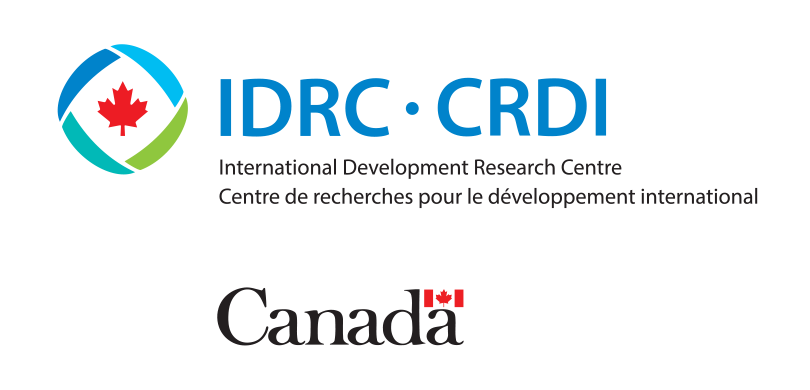Introduction
Tejas was a joint initiative delivered through a partnership between the Government of Maharashtra, the Tata Trusts, and the British Council. It aimed to improve the quality of English language teaching and learning in primary schools in Maharashtra. The program design supported state capacity building to provide appropriate ongoing TPD to teachers. Objectives included:
- enabling the Regional Academic Authority to plan, manage, and support local communities of practice (CoPs) independently as an alternative to traditional cascade models of training;
- enabling teachers to organize, form, and implement local groups, both digitally and face-to-face, to improve their quality of teaching and strengthen their professional development; and
- equipping state personnel and teachers with increased confidence in their ability to communicate effectively in English, especially in the classroom and training room, and developing their skills in facilitating TPD activities.
Key features of the Tejas Model
- Teacher activity groups (TAGs) were formed consisting of primary school teachers from clusters of five to eight geographically close schools. These teachers meet once a month to learn new ideas and teaching techniques, share experiences, and lend learning support to each other through discussion and interaction. There is no formal external trainer present; instead, one of the teachers, who has been trained as a TAG Coordinator, facilitates the meetings and keeps the group focused on tasks.
- TAG Coordinators are teachers or block resource persons who have undergone intensive face-to-face training on TAGs supplemented by online language learning. TAG Coordinators facilitate the TAG in their own cluster and two adjacent clusters.
- In every TAG meeting, teachers collaboratively pick a topic for discussion from the TAG Resource Book, which includes video content. This is to ensure that their learning is related to their own contextual professional learning needs and has an actual and immediate impact on their classroom teaching. At the end of a TAG meeting, teachers complete a “Reflection and Action” planning document to record their learning and plans for classroom activities.
- WhatsApp groups and Facebook communities are used to encourage sharing of experiences, learnings, and best practices in between TAG meetings and across TAGs. These are facilitated by TAG Coordinators.
- Self-access and e-moderated courses have also been embedded in the program to support teachers to improve their English language skills.
- Tejas was initially conducted as a pilot project in nine districts across Maharashtra and represented a cross-section of urban, semi-urban, and rural areas. After the initial phase, the pilot was successfully scaled up to another 27 districts.
- To support state capacity strengthening, a core group from the Regional Academic Authority (RAA) composed of State Academic Resource Persons (SARPs) and English Subject Assistants (ESAs) was trained in project management and the monitoring and evaluation of the TAGs. This group supports the TAG Coordinators and assumes responsibility for the progress made by the teachers.
- The success of Tejas was measured based on three key aspects: participant engagement, evidence of participant learning, and participant application of practice in the classroom via lesson observations.
Internal evaluation demonstrated strong engagement with both face-to-face and digital resources, improved English language teaching and learning, and increased state capacity.
At the beginning of the COVID-19 pandemic in March 2020, Tejas swiftly pivoted to synchronous and asynchronous digital delivery, with the British Council delivering 72 Tejas webinars and TAG Coordinators facilitating virtual TAGs. This enabled teachers, TAG Coordinators, SARPs, and ESAs to access intended program inputs during the lockdown. In addition, the British Council was able to create bespoke inputs that reflected some of the current challenges these stakeholders face: planning and facilitating virtual TAGs, using online platforms for remote teaching, teaching online in low-resource contexts, and good practice in supporting students’ return to classrooms after extended absences.






